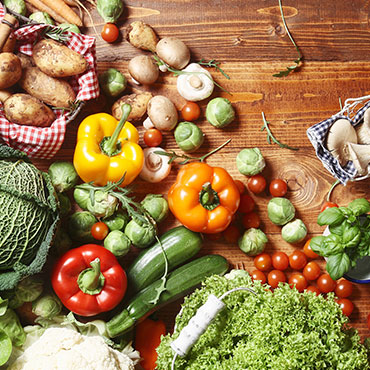Translation of Cooking Courses
Up until relatively recently, cooking education was limited to classes for professional chefs, however, this is no longer the case. Whether you aspire to be a professional cook in one of the top restaurants in the world or simply want to improve your knife skills to surprise your guests, there are classes for you.
Spain receives almost 60 million tourists a year and of those nearly 60 million nearly half are English speakers.
One of the outcomes of the international recognition that Spanish cuisine and Spanish chefs have obtained is that the general public has become keen to learn how to cook properly. In addition, interest in the profession of chef among younger generations has increased. Chefs are no longer viewed in the same way they were 20 or 30 years ago. It is a profession which attracts more young adults every day.
Whether your course is for perfecting professional skills or for beginners, offering your educational material in English is a great way to reach an international audience. We shouldn't forget that Spain receives almost 60 million tourists a year and of those nearly 60 million nearly half are English speakers.
If you already have an established cooking course or if you are beginning a new professional project, don't hesitate to ask for a translation quote. The long-term benefits for you and your students will be innumerable.
